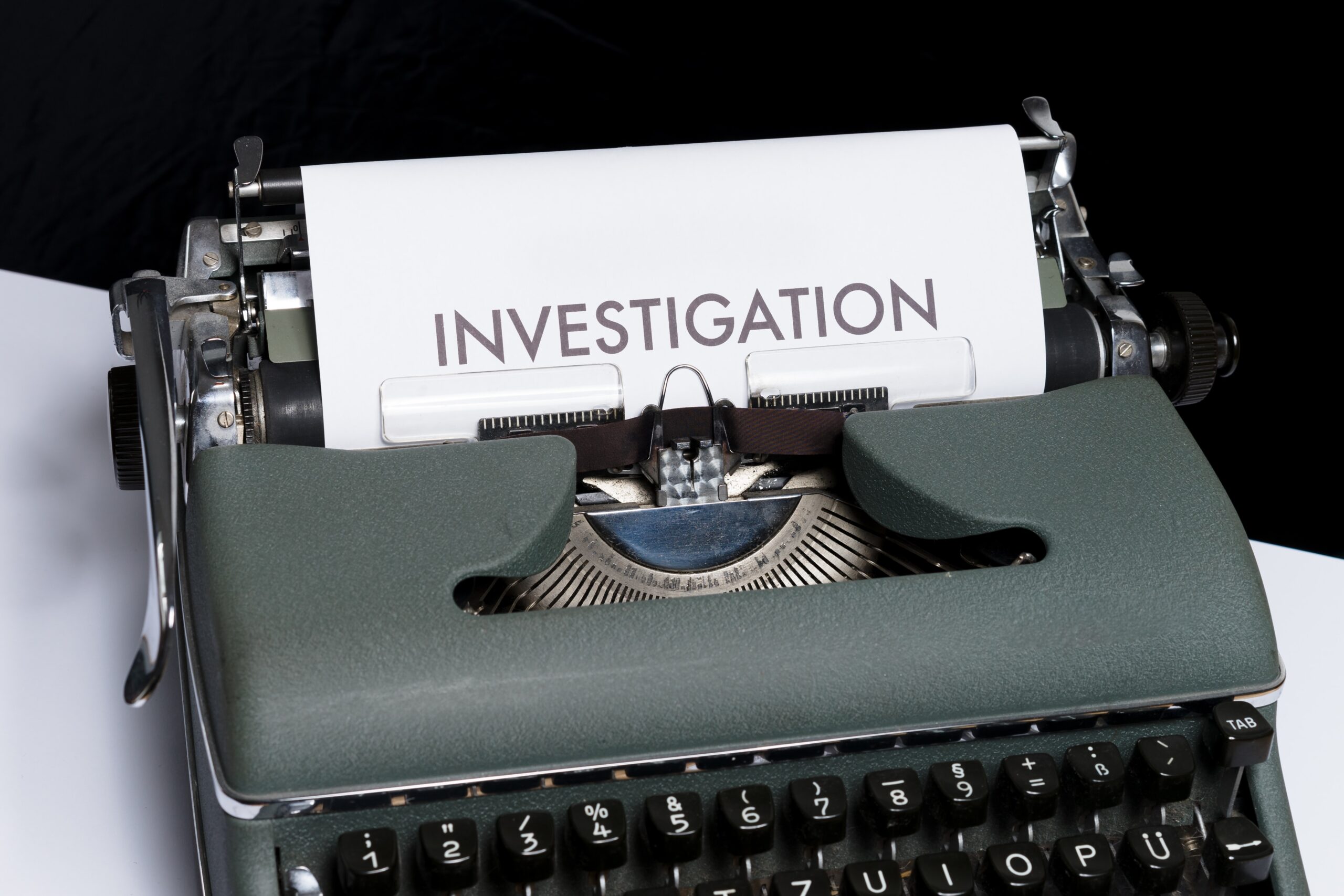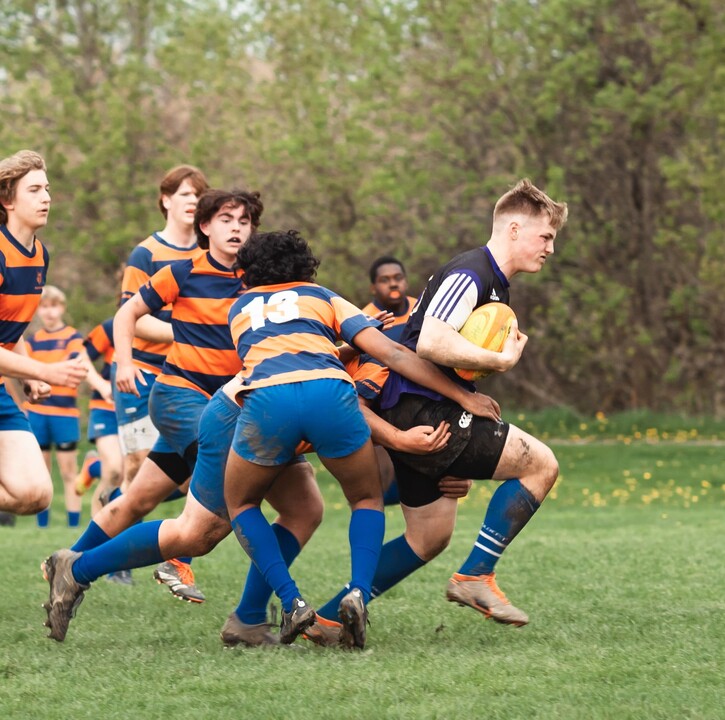Over the past few weeks I have started some new investigations and the clients have insisted on in-person interviews. Initially I was concerned about giving up my Zoom hideaway/ interview perch that I had become so attached to after March 2020 when the world was sent home for the pandemic. But now that I have got back into the swing of in-person interviews I will always choose to show up in person when that is an option. Here’s my top ten reasons why:
- I connect better with the interviewees. Of course, as an investigator, I am not looking to become friends with the people that I interview. I am looking to get the most amount of relevant information from them. I am a firm believer that connecting is much easier when you are in the same space, breathing the same air, and entering the room through the same door. This connection allows me to pace the interview better, to physically see which questions affect them differently (negatively or positively), to provide interviewees with a kleenex if they need it.
- The interviewees connect better with me. I want to provide every interviewee (Complainant, Respondent or Witness) with a platform so that they can provide me with their best possible evidence. I want them to succeed in this, because this information is vital to my investigation and because I will be making a credibility assessment on the information that they provide. I believe that participants will give me better, more fulsome information if they are able to see that I am just a human, like them, and not a head on a screen in some faraway office. I want them to see me making eye contact with them.
- It’s easier to pay attention during the interview. There’s no distractions of the computer, the wifi connection, the phone, the stuff that goes on when people are working from home. It’s two people, sitting at a desk with a recorder and a pad of paper. I can see when their glass of water is running dry. They can see when I have stopped taking notes or when I am looking at their documents.
- Video work relationships are part of the problem. One of the trends that I have seen in my workplace investigation practice is that many workplace harassment issues stem from the fact that parties may never have worked together in person. Earlier this year I had three simultaneous files where the manager and subordinate had never met in person! Their only interactions were via video. This means that there is no stopping by each other’s desks while you head out to grab a coffee for a simple hello. This means that there is no small talk when an employee is a few minutes late because of Ottawa construction. This means that any attempt to resolve a simple issue involves setting up a call, not dropping in to each other’s space to tackle the problem together.
I worry that by asking a participant to meet via video interview may perpetuate the problematic platform that is a factor in the harassment complaint itself.
- I prepare better for an in-person interview. If I know that I won’t be able to subtly rifle through the file during the interview, or rely on strategically placed sticky-notes, for sure I will prepare myself better. My day will be planned around the meeting, the logistics of getting there, and presenting myself as the competent and engaged investigator that they are expecting.
- In-person interviews provide more information. In-person interviews are a great reminder of the bread-and-butter or our harassment work: human relationships and interactions in the workplace. It is a great investigation tool to see how a witness presents themselves physically in a room with me. Do they appear confident and sure of themselves? Or are they anxious to get of the room? I have always welcomed the opportunity to conduct interviews in the environment in which the alleged violations took place. It is important to me to know what the sights and sounds and smells are. These factors, though not determinative, can shed more light on the event and help me make my findings.
- The document madness is quelled. One of the other trends that I noticed during the video investigation era has been the “dumping” of documents on me. Either just before or sometime after the interview, participants would send reems of documents to me. Many of these documents came without explanation but were expected to have been read prior to our meeting. I have always told participants that I will not read their documents before our meeting, because my expectation is that they will tell me why it is important to their information, and they will draw me specifically to the section that they think is vital. Meeting in person to review documents means that they are given to me, one at a time, with an explanation.
- The workplace line is more clearly drawn. One of my concerns with video interviews, particular where participants are in their own homes, is the blurring of lines between home and work. I know that my interviews are not pleasant for many people. I have never liked thinking that a particularly difficult interview about a workplace harassment issue was done in someone’s kitchen or bedroom or some other personal sanctuary. It doesn’t feel right to be intruding on their safe space and I worry that after our meeting, they will feel differently about their kitchen haven.
- I know who is present for the interview. I have often felt uncomfortable in video interviews wondering who else is in the room or listening around the corner? I worry about children with big ears hearing something unintended. I have had spouses who I did not know were in the room pop into interviews during difficult harassment testimony. Returning to in-person interviews means that I don’t have to worry about who is just outside the camera view and are potentially impacting what information is shared.
- It cuts the solitariness of being an investigator. Every investigator knows that our work is lonely. Our independence means that we have to draw the line of getting to know our clients on a personal level and most certainly with interviewees. We make our 50.1 % decisions independently after reviewing all of the evidence that we have collected on our own. Our files are so confidential that we can’t even bring them up at dinner parties for second opinions and our spouses have stopped pretending to listen. This loneliness was exacerbated during the pandemic when our days were also spent alone with only our lucky dogs for company. Getting out and about and physically showing up for an in-person interview means that you get to talk to many people again! It’s invigorating and better for our own mental health.
For those investigators, who have not yet ventured back into the real, in-person world, I would highly recommend! Video interviews will always be a great back-up to the real-deal, but whenever I can I will be meeting people in person.
Jennifer White is a workplace and sport investigator in Ottawa, Canada.



